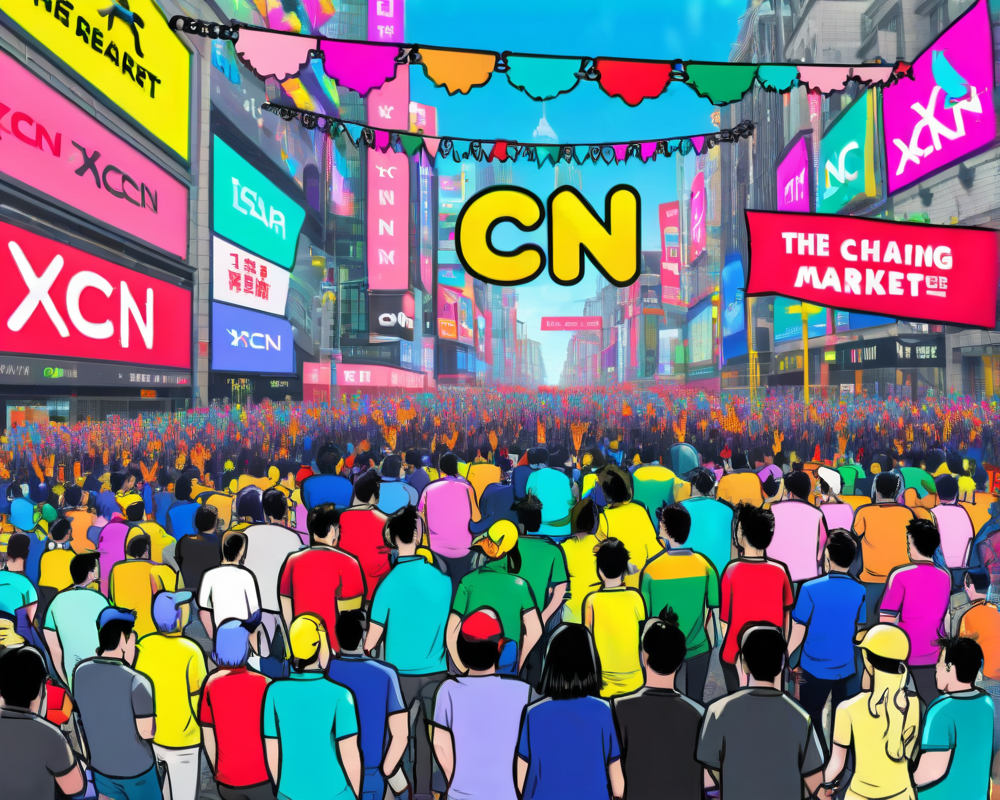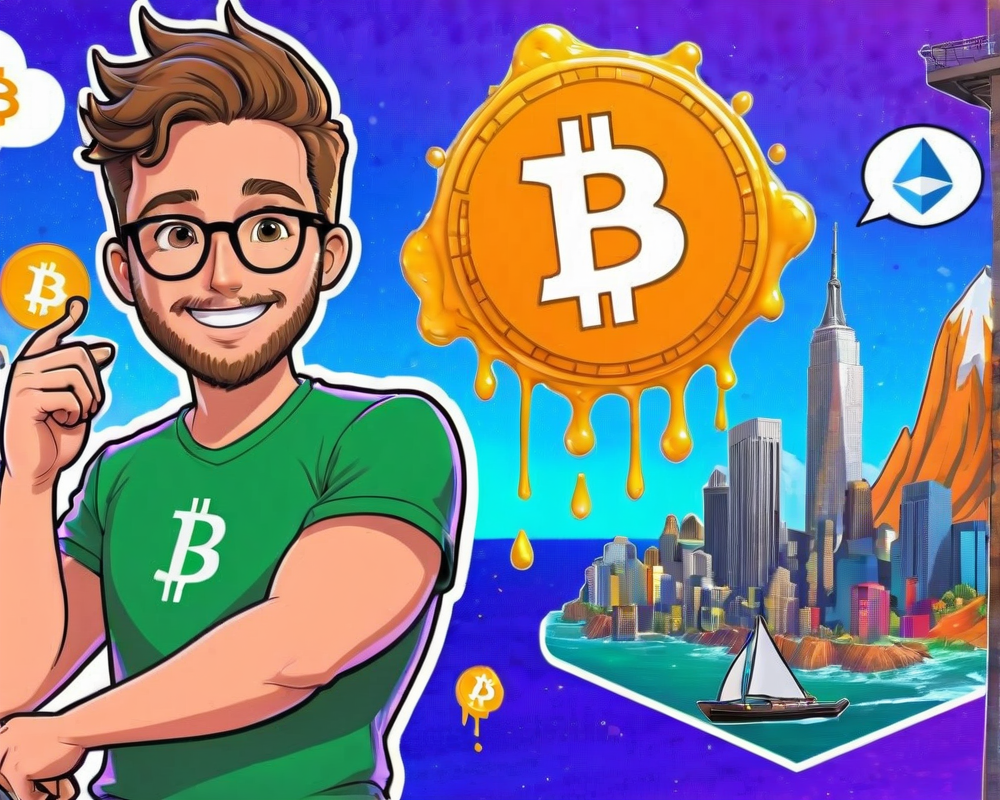From Colored Coins to CryptoPets: The NFT Evolution
It’s wild to think that nonfungible tokens (NFTs) have roots reaching back to 2012. Remember the days of “Colored Coins”? Yeah, that was basically the granddad of NFTs, showing us that blockchain could do more than just handle transactions for Bitcoin. Fast forward to 2017, when CryptoKitties pounced onto the scene, making a splash in the Ethereum pond. Ryan Hoover described these digital felines as “the first Ethereum-based decentralized Pokémon-like game.” Trust me, nobody was prepared for the frenzy that followed.
The Big Boom: NFT Sales Take Off
With the cryptocurrency craze hitting the mainstream, NFTs saw a meteoric rise, hitting over $2.5 billion in sales in just the first half of 2021. Yes, you read that right—a billion with a ‘b’! But here’s where the plot thickens. Some argue that the original spirit behind NFTs has gotten a bit muddied, overshadowed by the financial excitement surrounding them.
The Double-Edged Sword of Finances and Art
John Wolpert, co-founder of TreeTrunk.io, shares some sage wisdom about this issue. He claims people are treating NFTs like stocks more than appreciating the artists behind them. After all, what happens when that million-dollar digital painting plummets to less than a thousand bucks?
“Is there a real, lasting business model beyond the NFT hype?”
That’s the question on everyone’s mind.
Building a Sustainable Revenue Stream
Enter Wolpert’s “tree trunk approach.” In essence, it proposes a structure to ensure ongoing revenue for artists that transcends the initial hype. Picture a tree with its artists as trunks—each sale generating royalties as it branches out. Sounds great, right? But hold on—there are bumps on this road!
Navigating Challenges: Royalties and Regulations
The idea of royalties on secondary marketplace sales like OpenSea sounds terrific, but it’s not without its challenges. As Brett Harrison from FTX.US highlights, if an NFT distributes secondary sale royalties, it might resemble an investment product, which could make it subject to securities oversight. Who knew digital art could involve legal gymnastics?
The Regulatory Landscape is Muddy
The murky waters of regulation are a hot topic. Remember Hester Peirce, the famous “Crypto Mom” from the SEC? She raised eyebrows when she talked about fractionalized NFTs possibly being investment products. So, are NFTs stocks or art? The fine line is blurring, and it needs clarity.
Ensuring Integrity in the NFT Marketplace
While we debate business models and financial implications, the issue of authenticity looms large. Effective verification processes are crucial. Just like the gold standard in finance, NFTs need a way to legitimize themselves without risking forgery. Different platforms are experimenting with unique solutions. For instance, FTX ties NFTs to creator addresses, ensuring only original artists can authenticate their work.
Human Touch in a Digital World
The struggle for accuracy even sees platforms like the DigitalEyes NFT marketplace tagging verified NFTs with a blue checkmark—because let’s face it, we’ve all seen too many copies of those cute cat pics. However, it’s still early days and plenty of mistakes can happen.
Final Thoughts: The Brave New World of NFTs
As we wade through the sea of challenges, one thing is clear: while the NFT business model is still very much in its infancy, it has empowered thousands. Stories abound of folks swapping jobs at gas stations for careers in crypto—talk about a glow-up! While the road ahead may be riddled with uncertainties, the potential for creativity and financial opportunities could very well redefine the landscape of digital assets.




